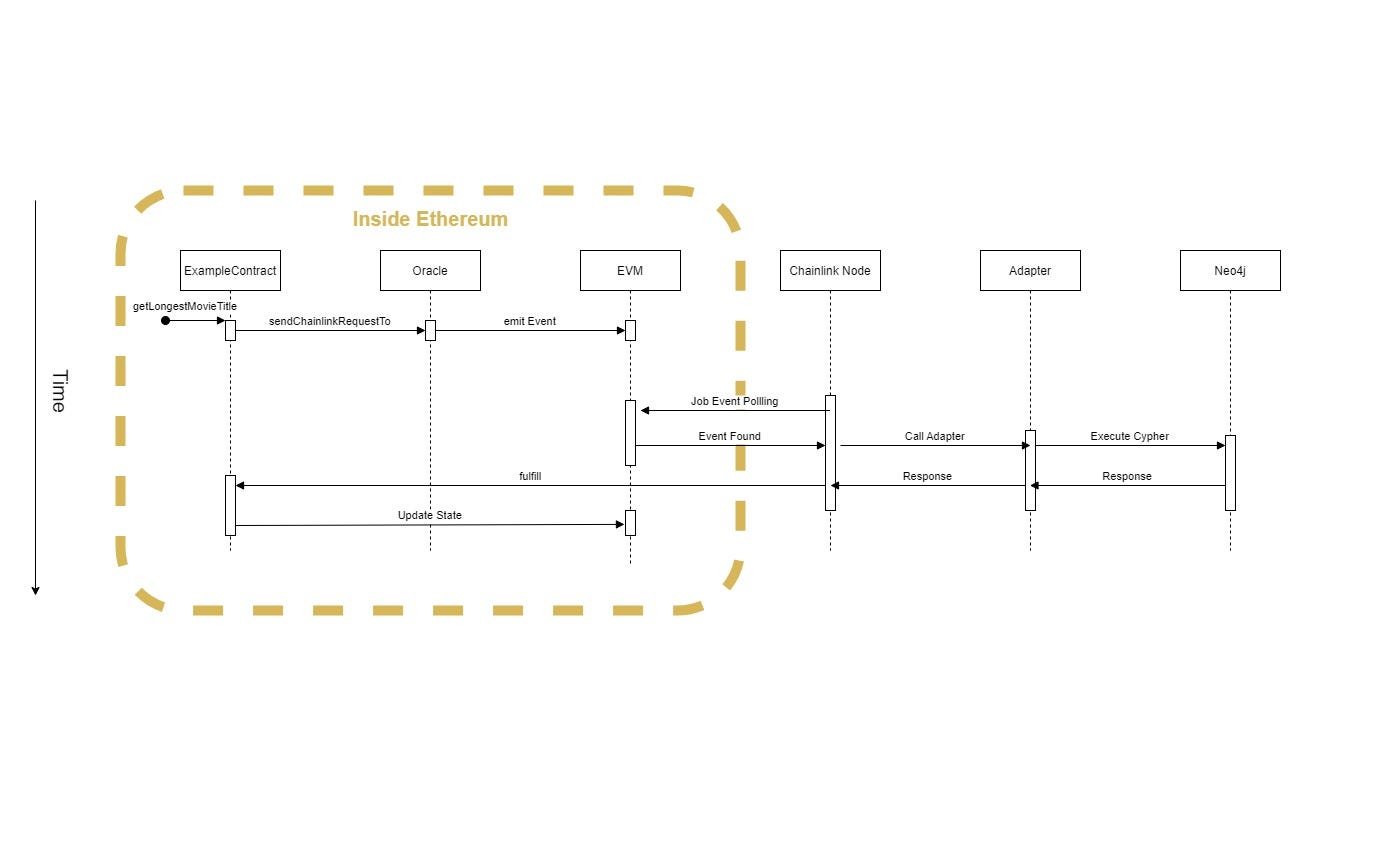This Week in Neo4j – Web3, NFTs, PHP Dev, and Sports Data Science

Senior Developer Advocate, Neo4j
3 min read

Surely the most exciting part of Web3 is that it brings us closer to Web4j, which will be entirely based on property graphs. Past decentralization, a great thing about graphs is that they have no center, or equally that every connected member is a center (has centrality). You are a center. The web will fold around you into your own pocket universe of information, applications, and transactions.
(web1:Read)-->(web2:Write)-->(web3:Transact)-->(web4:Personal)
Until that beautiful future, enjoy some reading about NFTs, SmartContracts, web development with PHP, and sports data science in this week’s edition of Twin4j.
Cheers,
Andreas & Alexander
P.S. We are continuing our 2021 Neo4j Developer Survey. Please take a few minutes and fill it in! We will raffle away a few Neo4j goodie bags among all participants!
Featured Community Member: Cristina Escalente

Cristina Escalente – This Week’s Featured Community Member
Cristina is a prolific content creator, editor, and developer, and is active in many communities from Boca Raton, FL to online global communities.
For the Neo4j community, she has authored several GraphGists and blog posts, and she’s contributed to many open source projects.
She works at her consultancy The SilverLogic, which features an impressive portfolio of projects. Reach out to Cristina for Neo4j consulting, web and mobile app development, or GRANDstack development.
Orai: Project Planning with Neo4j

At Florida Atlantic University’s Senior Design Program, a student team called Logic13 developed Orai, which is a user-friendly system that can generate optimal sprint cycles from user inputs and display them along with informative details about the sprints and the tasks. Sprint cycles are an extremely common way for development teams to plan and execute the development of projects. Team Logic13 consisted of the very talented Felix Medrano, Valentina Diaz, and Jacob Christensen.
Embeddings, Named Entity Recognition, and Sports Science – Part 1

In his new series Grant Beasley is looking at graph embeddings and named entity recognition through the medium of sports science research papers. In this first part, Grant is scraping and parsing the data in order to load it into Neo4j.
Exploring NFT Transactions with Neo4j

NFTs seem to be everywhere these days, and so Tomaz Bratanic took on the topic and performed graph analysis of 6 million NFT transactions. In 2018, there were only 450 thousand transactions, whereas, in 2021, there were almost three and a half million transactions by April. Transactions can be described as links between the traders, so what better way to represent the data than a graph and see if we can find out anything interesting by applying graph algorithms over them.
Building a Web App with Neo4j AuraDB and PHP

Ghlen Nagels, author of the Neo4j PHP driver, starts the year by explaining how to quickly build an excellent future-proof web app on Neo4j AuraDB. Read his blog post on how to get going. Last week, he and Florent Biville also showcased this in a live stream, where they created a simple PHP application and ran it with a Neo4j instance hosted in AuraDB!
Using Chainlink to Interface with Neo4j from Within an Ethereum Smart Contract

Daniel Starns recently spent time exploring Chainlink and thought it would be great to mix this technology with Neo4j. In his blog, he explains what Chainlink and Neo4j are and how you can use them together. In tremendous detail, he shows the relevant services needed to run and then execute a full end-to-end Chainlink request.
Tweet of the Week
Our favorite Tweet this week was by Xqua:
At @DmndDAO we are seeing communities of shared interest between DAOs, with many users sitting between networks of trust. Keep reading to learn more about how we are building the most comprehensive knowledge graph of Web3 communities. ? ? pic.twitter.com/O3f91RvWPM
— ???? (@XquaInTheMoon) January 16, 2022
Don’t forget to RT if you liked it too!








